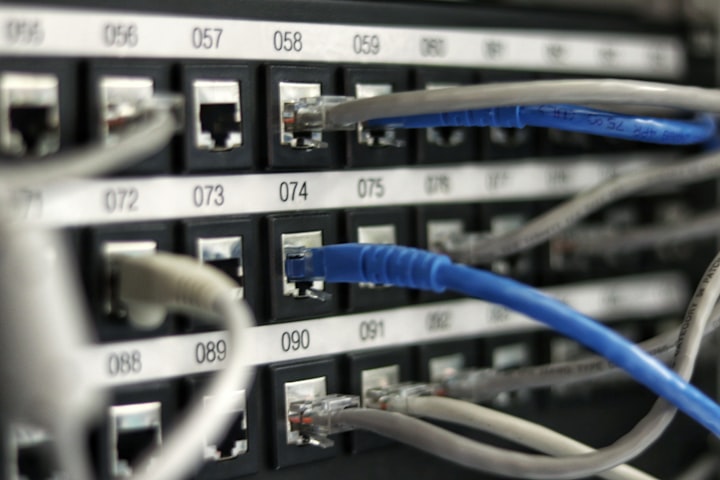Home file server - part 2
After posting my intention of building a home file server for storing my movies, pictures, music and probably other files, I had to order some new hard drives to give me the space I think I will need. They have now arrived so I get to install those into the case, and then set up the operating system to run everything.
I mentioned in part 1 that my choice of OS for this project will be Debian 8 (Jessie). I'm normally a Ubuntu person, and Ubuntu is based on Debian, but currently only Debian 7. I thought I would give a normal Debian install a go for this project and see what it is like compared to Ubuntu. As my laptop doesn't have a DC/DVD drive, I needed to make a bootable USB key. There are loads of places online which detail how to do this, but I simply downloaded the Debian 8.1 ISO, navigated to the folder location in the terminal and used the following command:
dd if=debian-8.1.iso of=/dev/sdd bs=4M; sync
What you have for the of part will depend on where the USB drive has been mounted.
Once that had completed, it was just a case of put the USB drive into the machine to install Debian on and boot. I did need to access the boot menu and select the drive from the list, but the installation started fine from there. I selected the language, keyboard layout and all the straight forward screens. I had some issues setting up the network as the settings weren't set automatically, but choosing the manual set up once the initial auto attempt failed seemed to correct that. After setting the machine name, domain and configuring root password and user account, the setup got to the hard disk installation.
had planned to go through the steps here, but I had some issues with the installation and tried so many things that in the end when I did get it working, I managed because I rushed through and didn't take any pictures. As a brief overview, I selected manual partitioning, made sure the drives were all showing as being their full capacity available and created a RAID5 drive using the wizard there. Once that was done, I backed out of the manual partitioning and selected Guided partitioning with LVM, selected the RAID device to use, and then everything seemed to run through fine.
I did, however, have a lot of issues getting the network up and running, but that's something for a completely different post, as I have in depth notes for that one so I can post about it.


